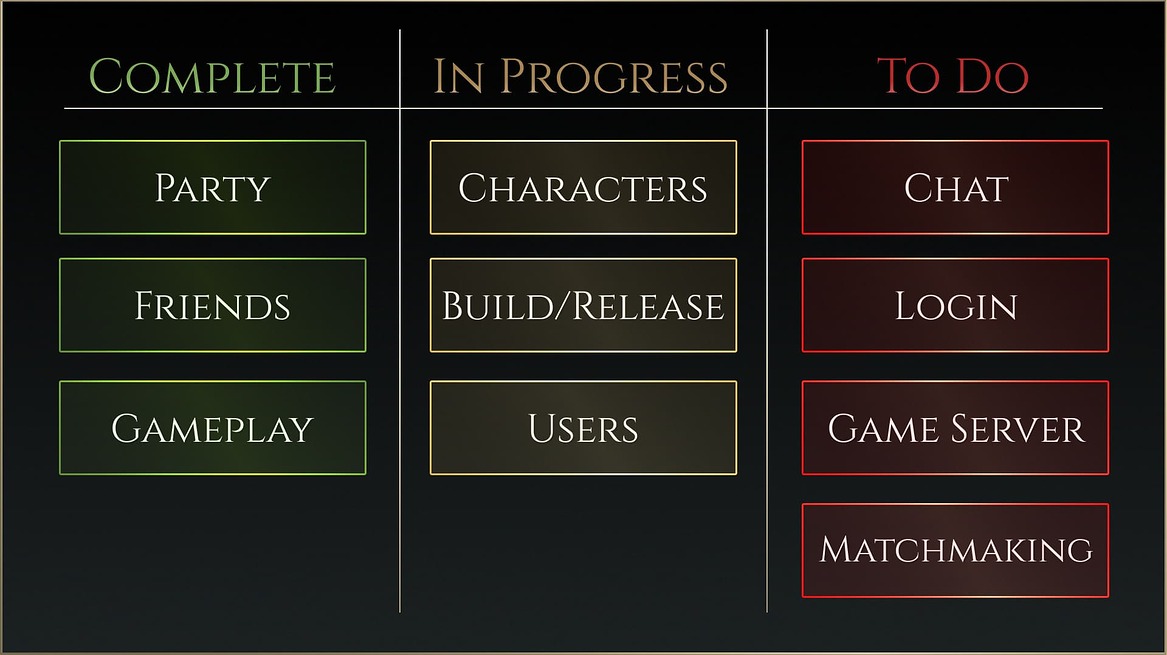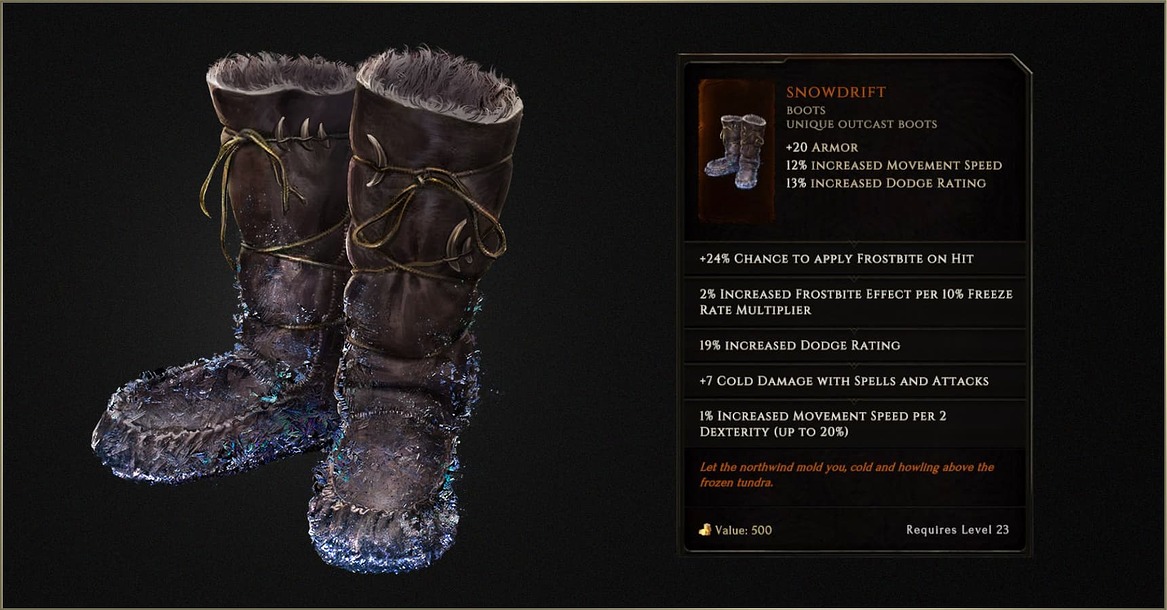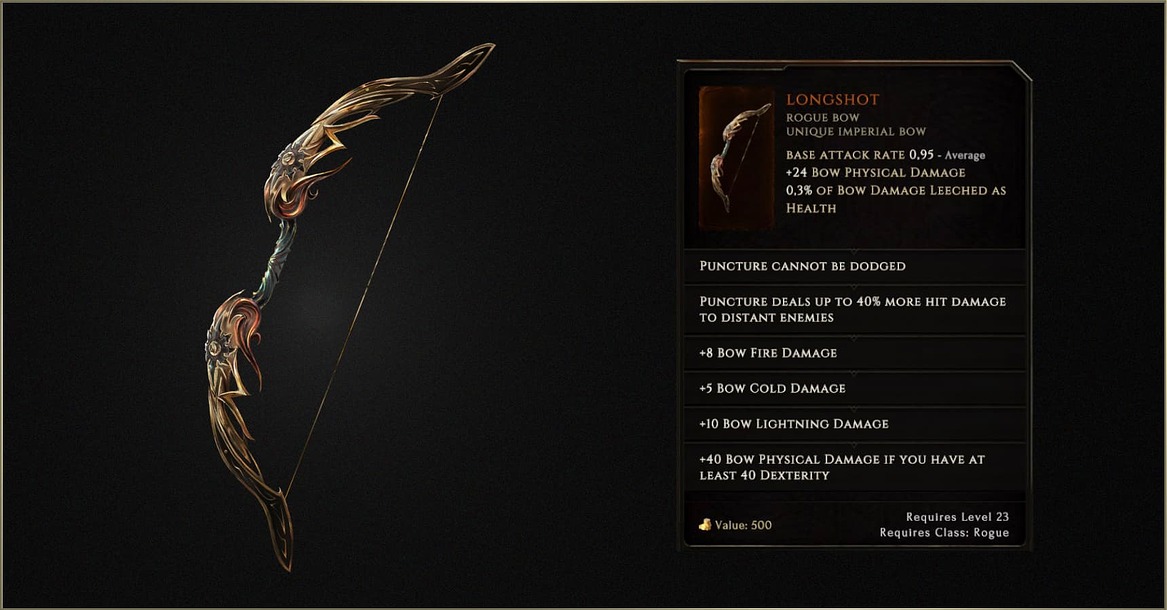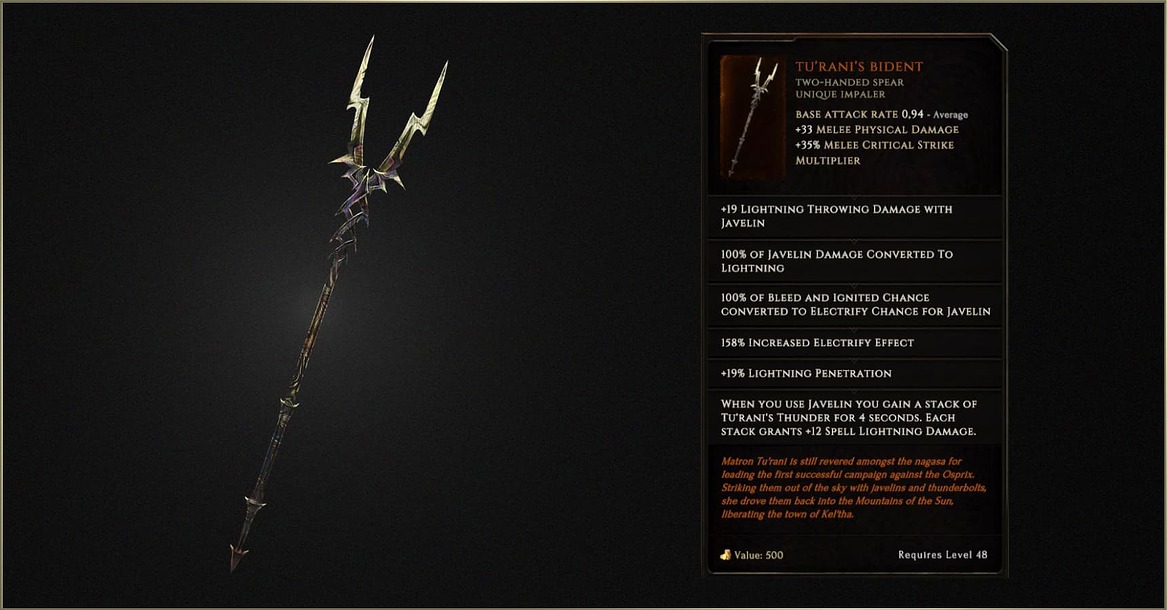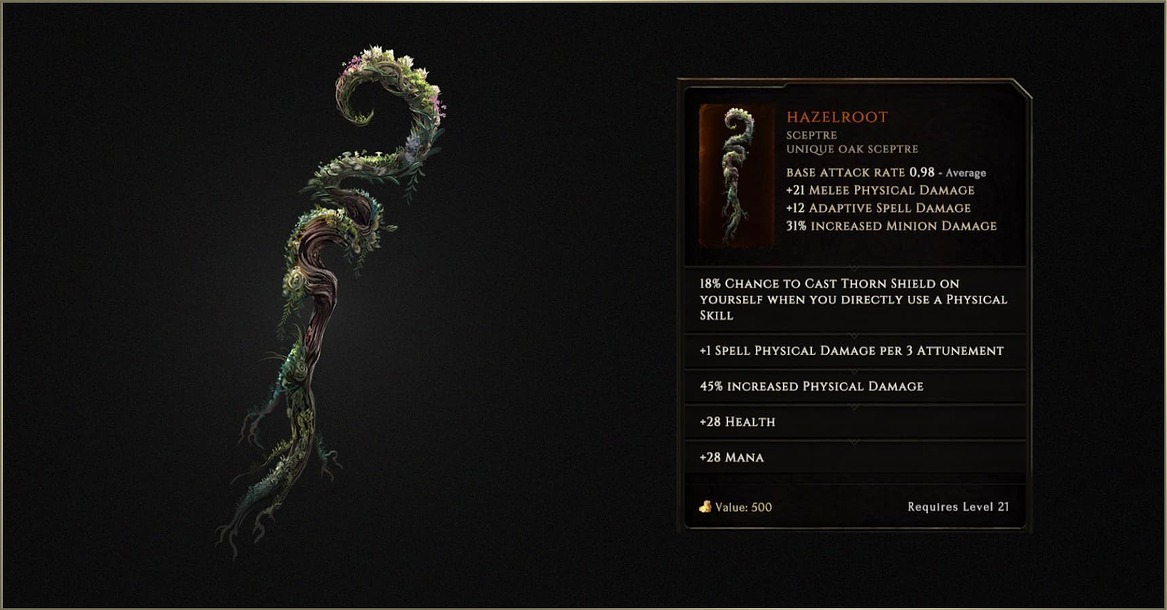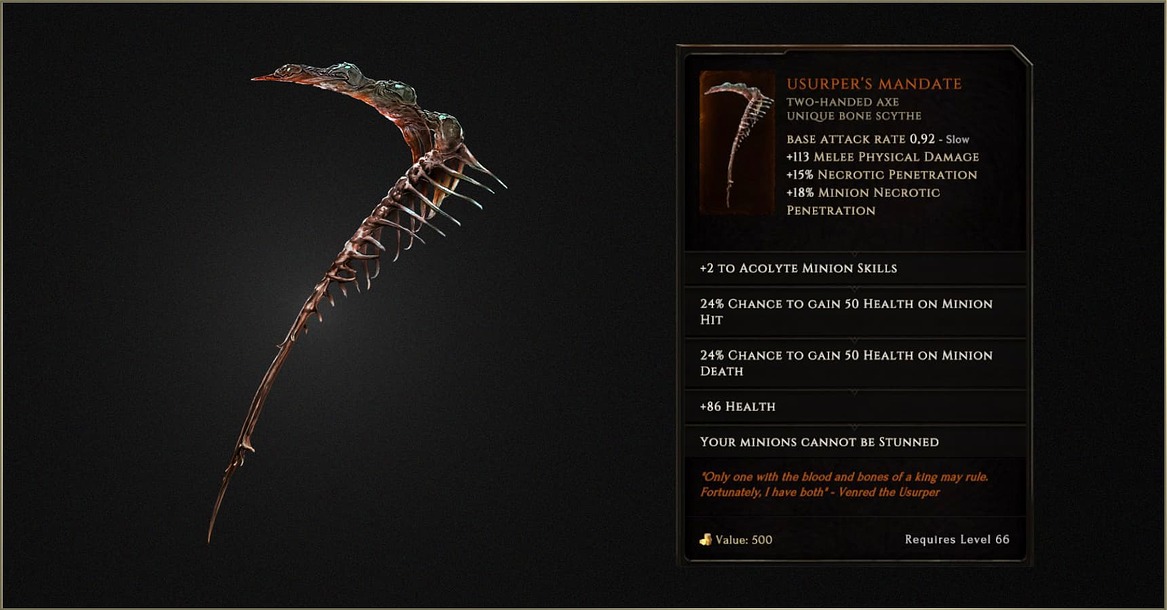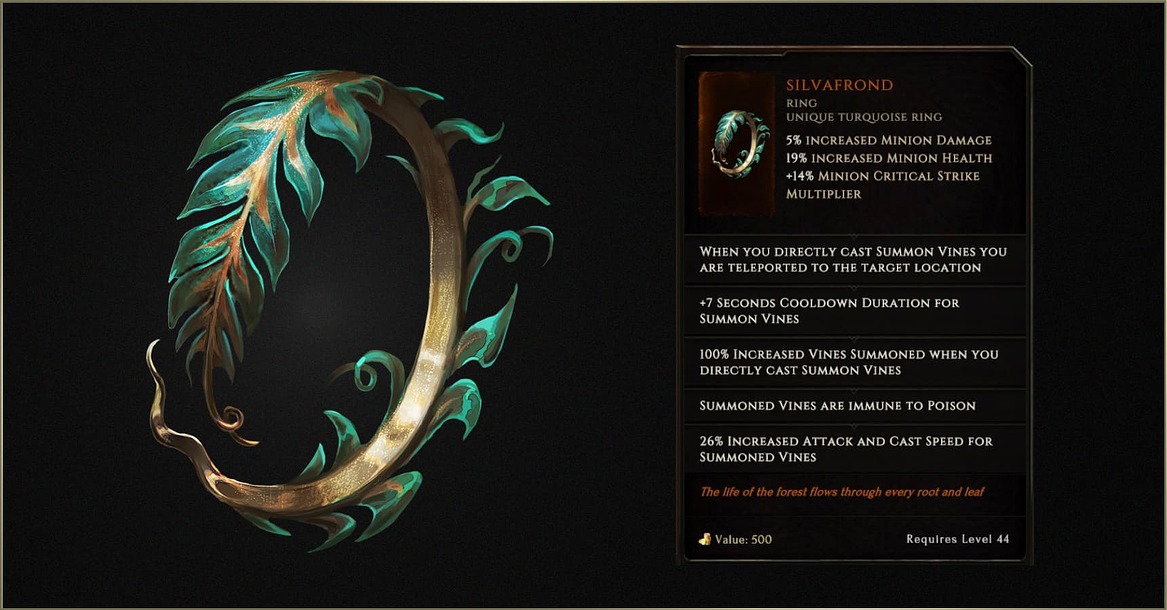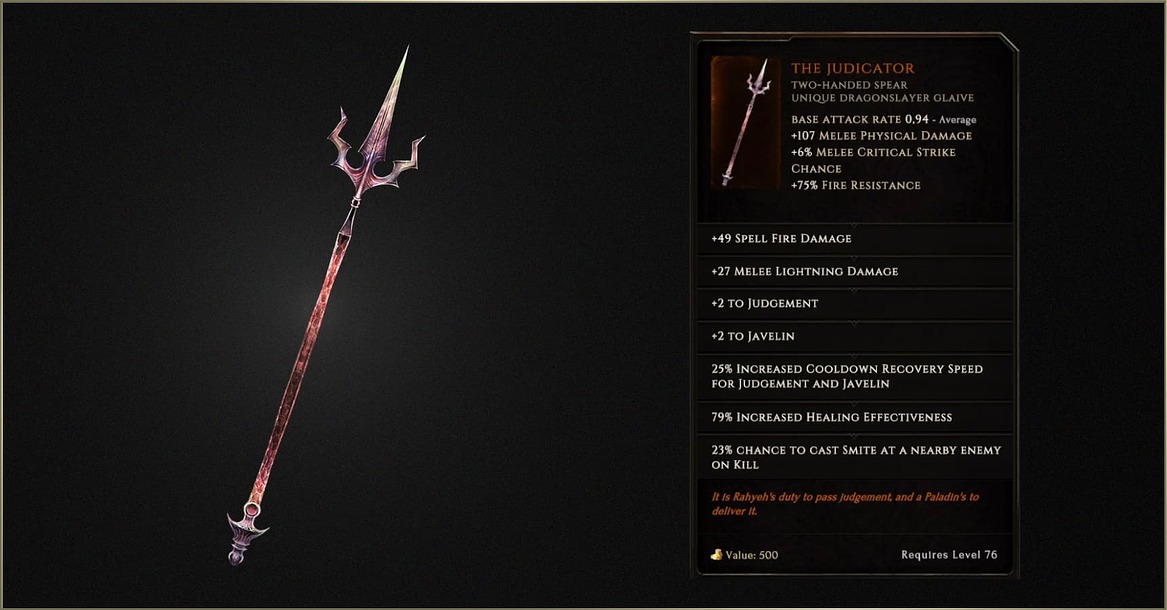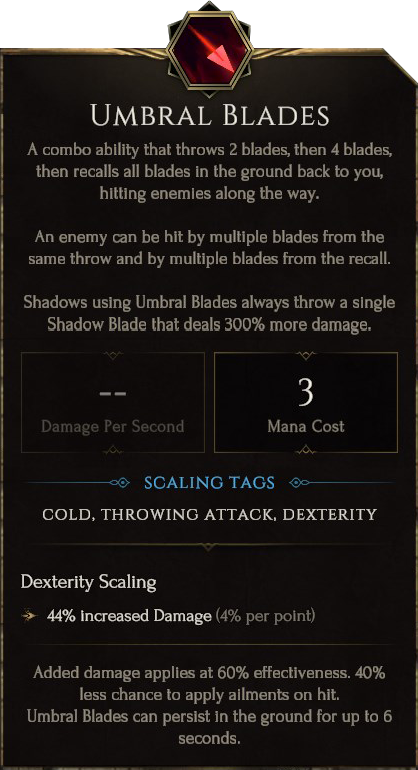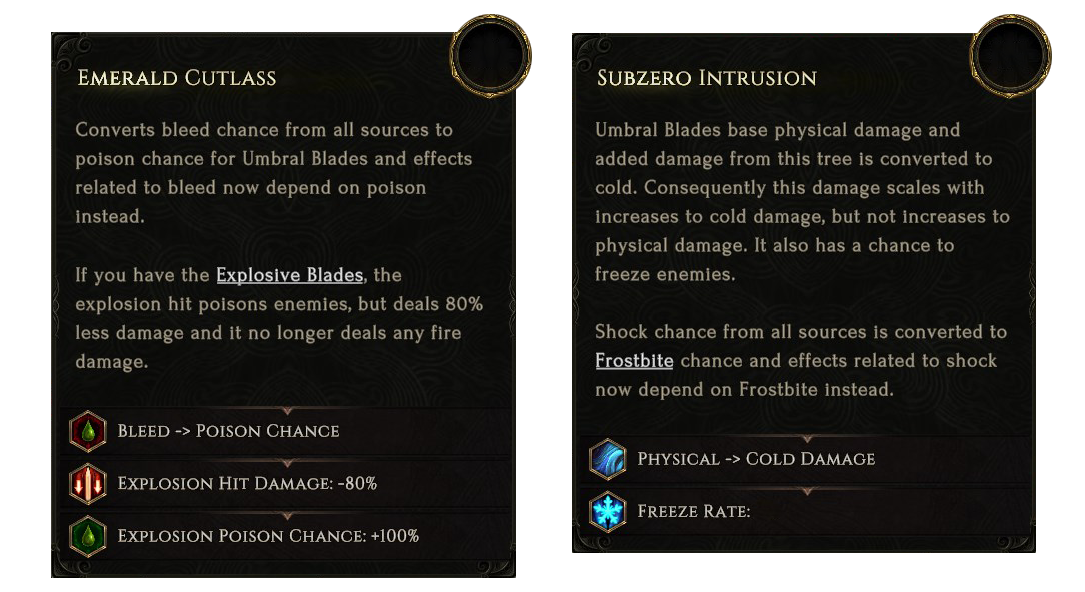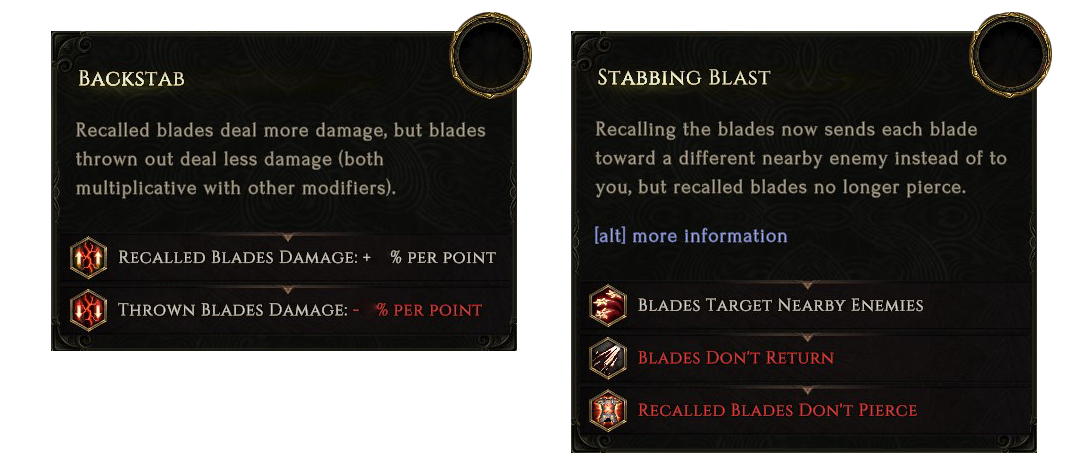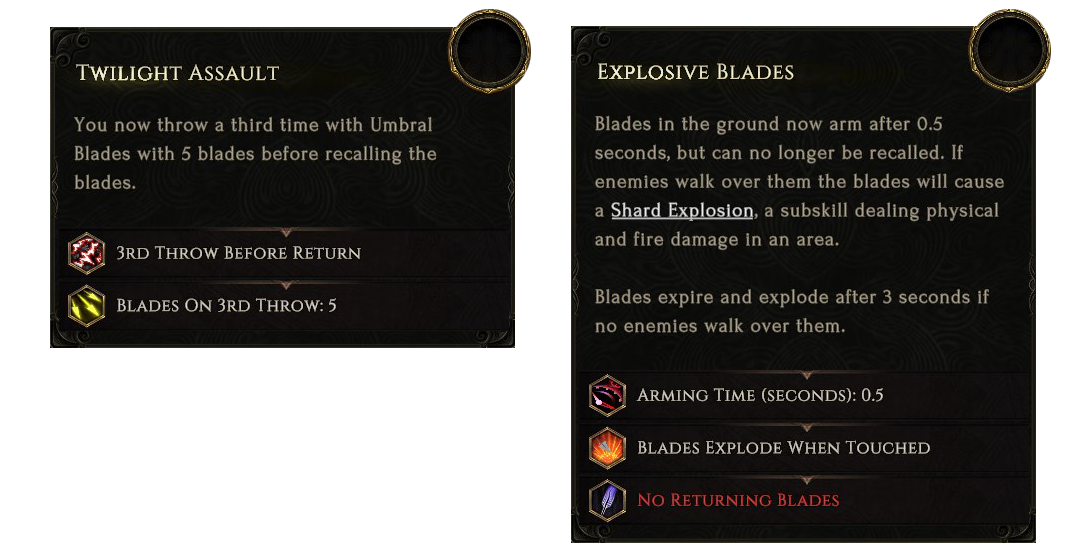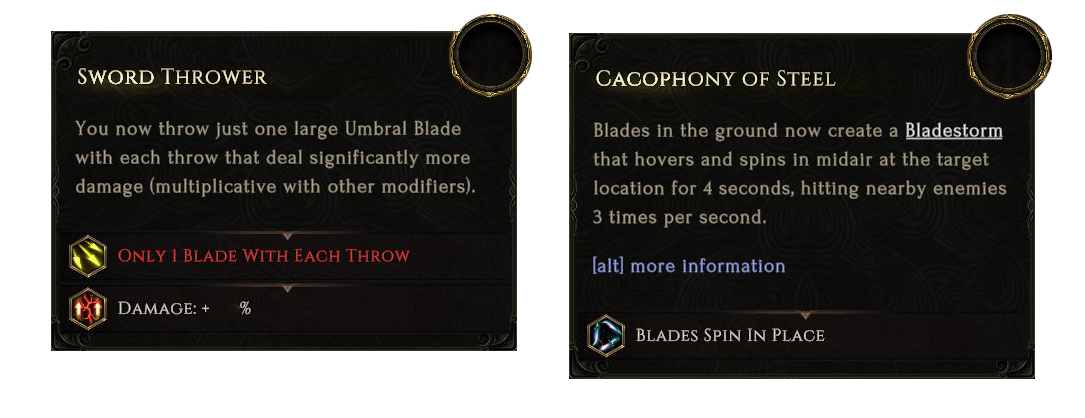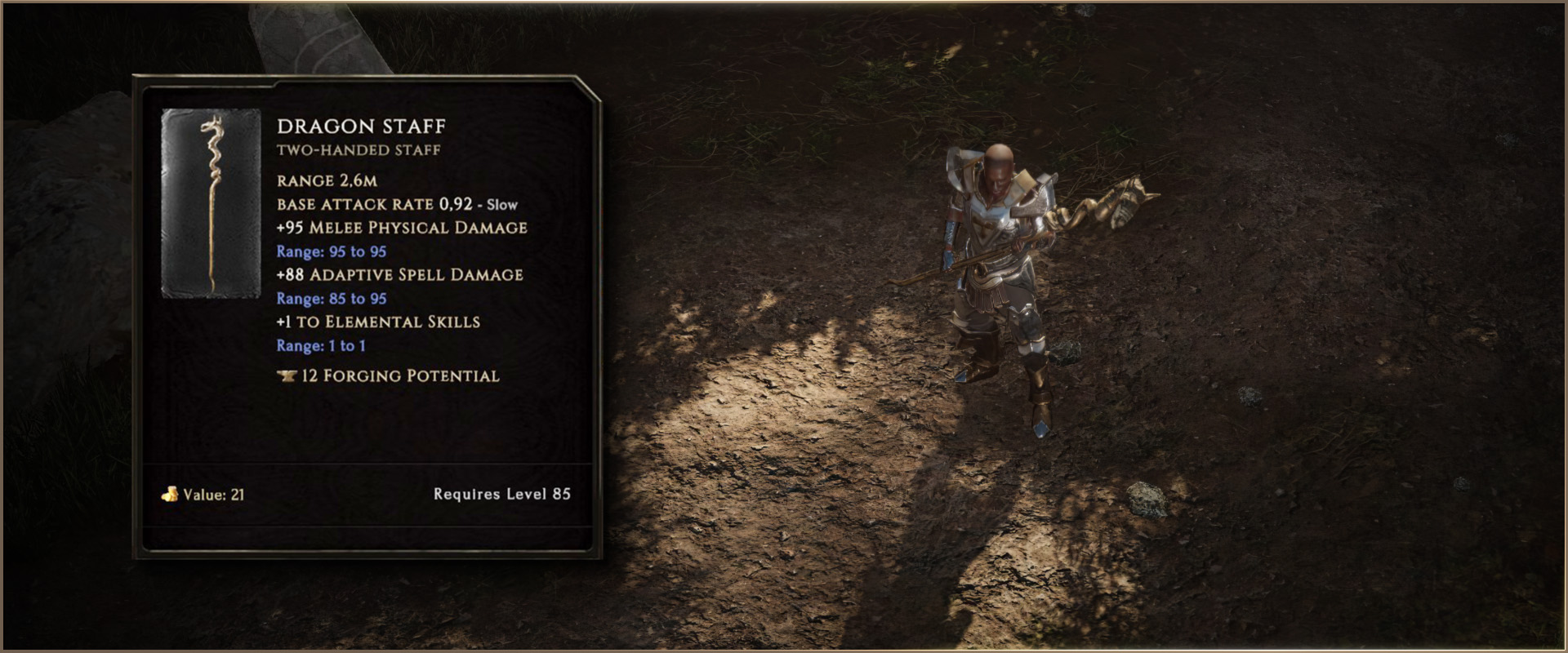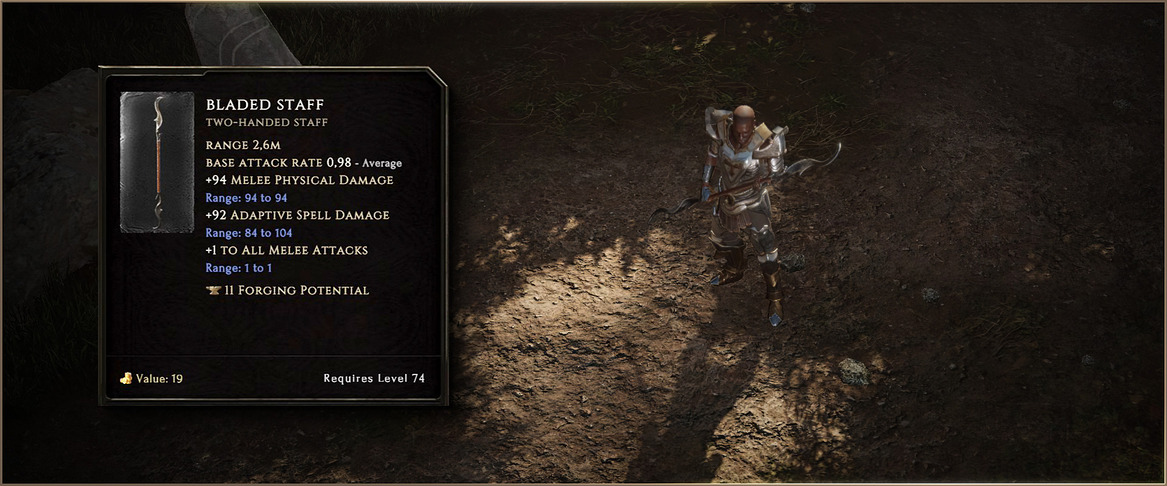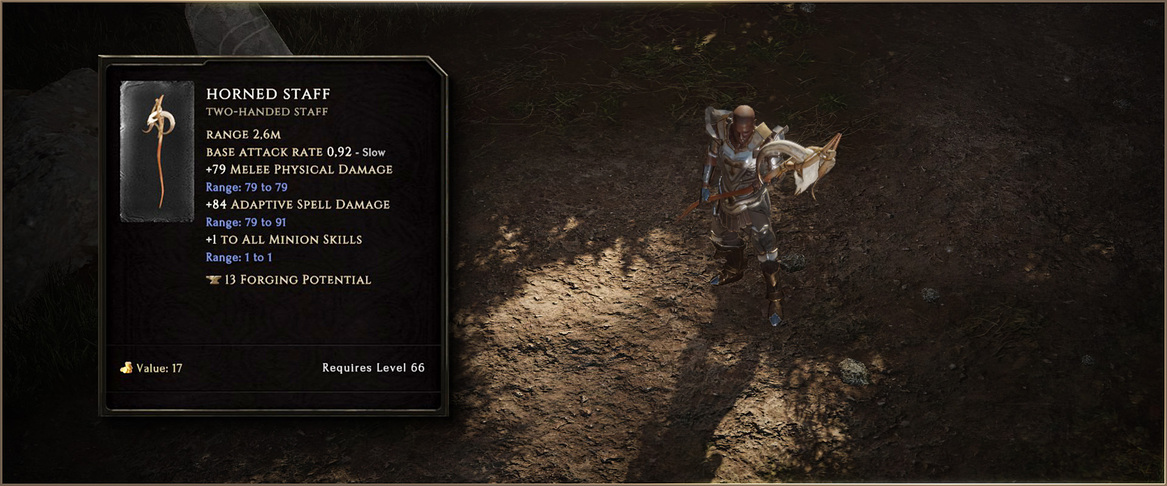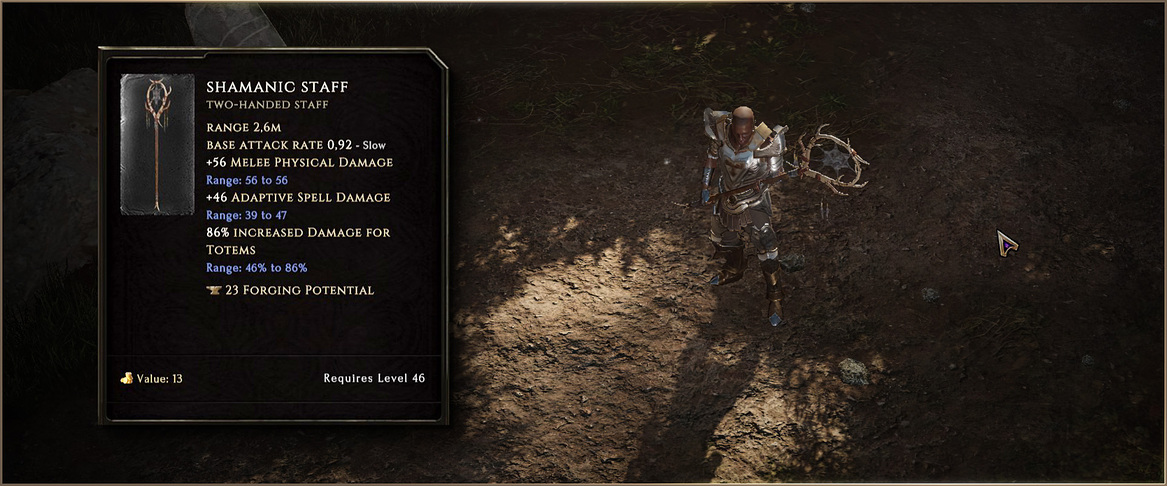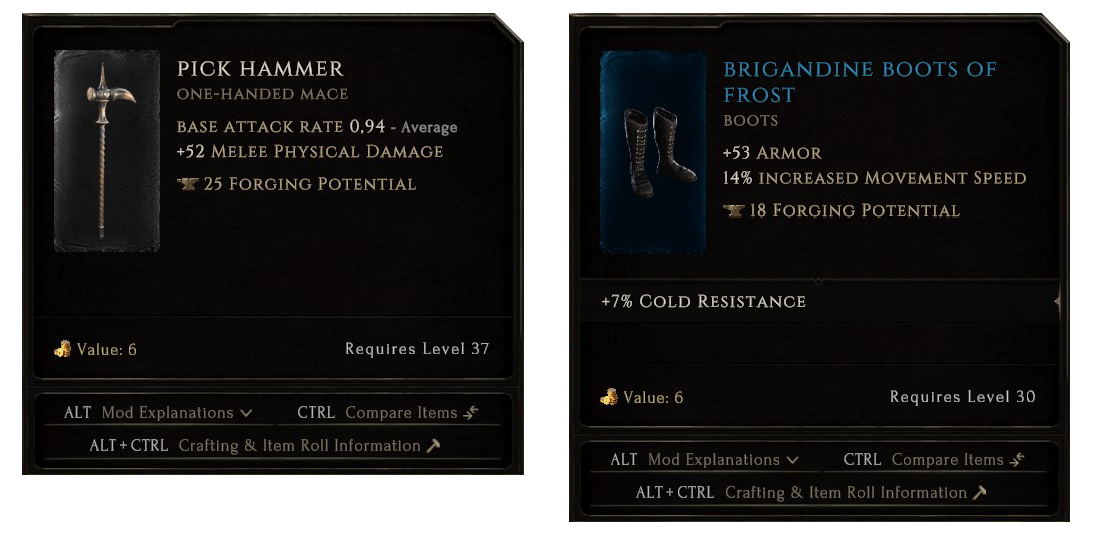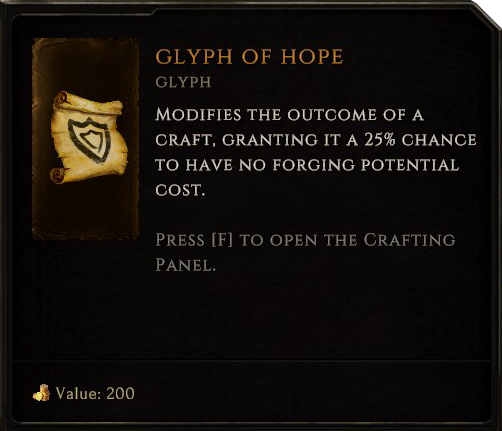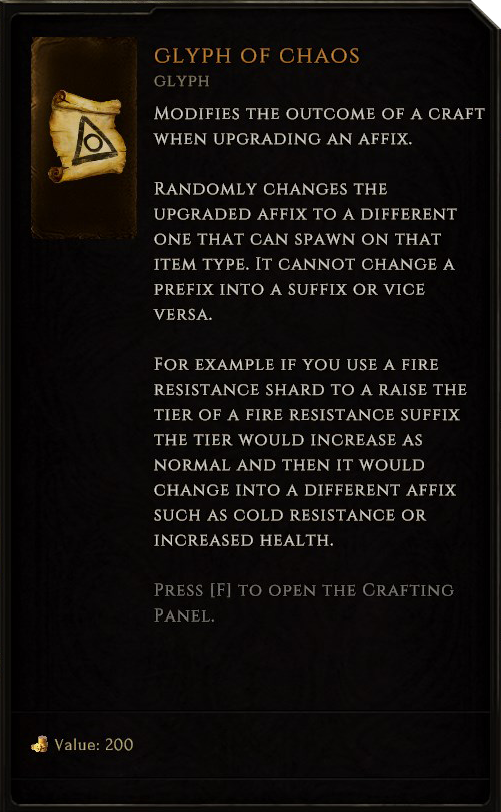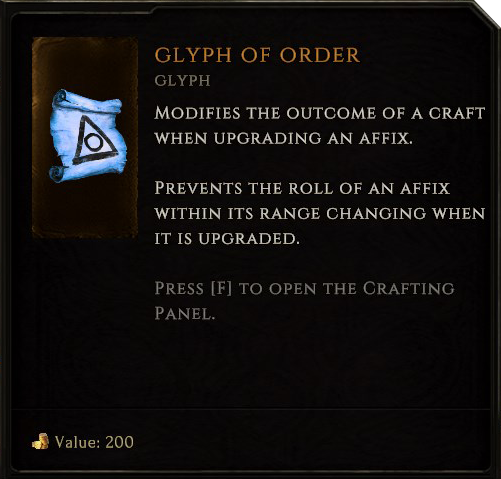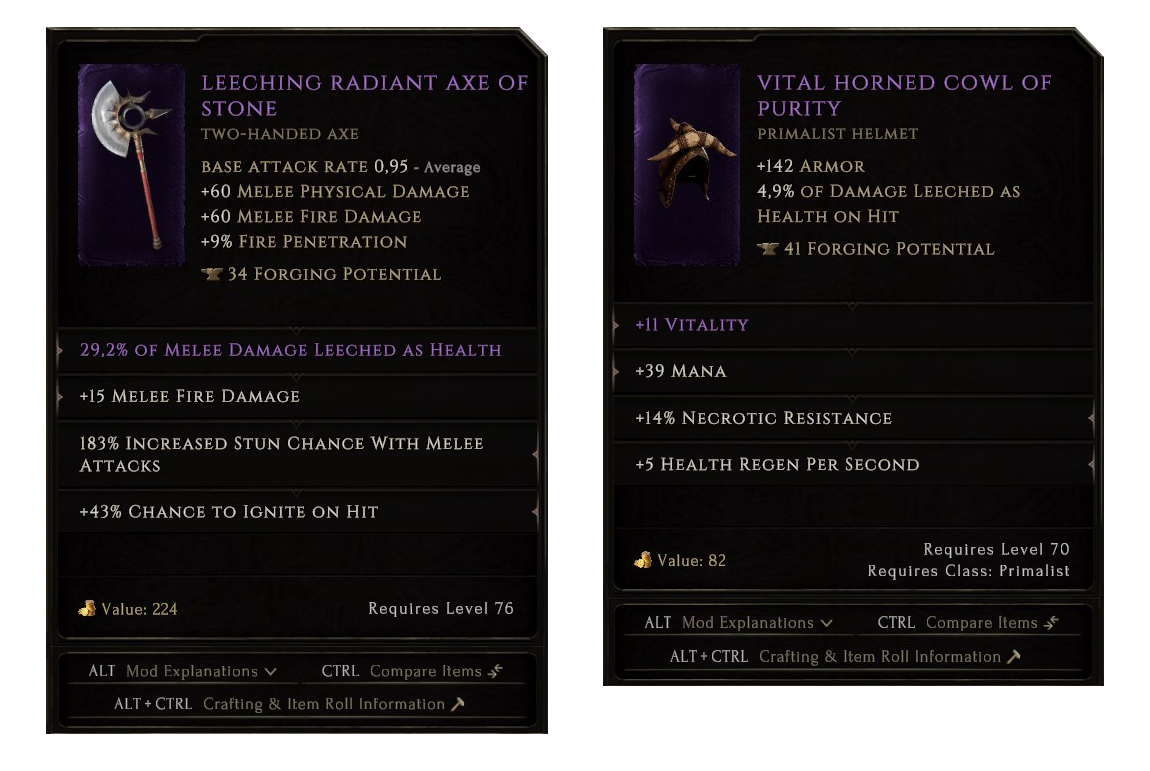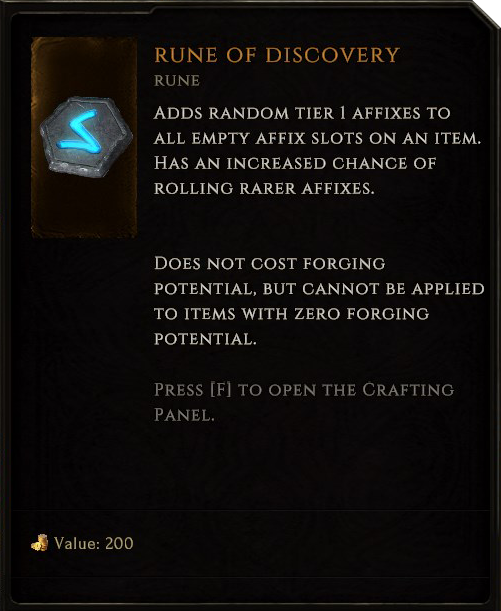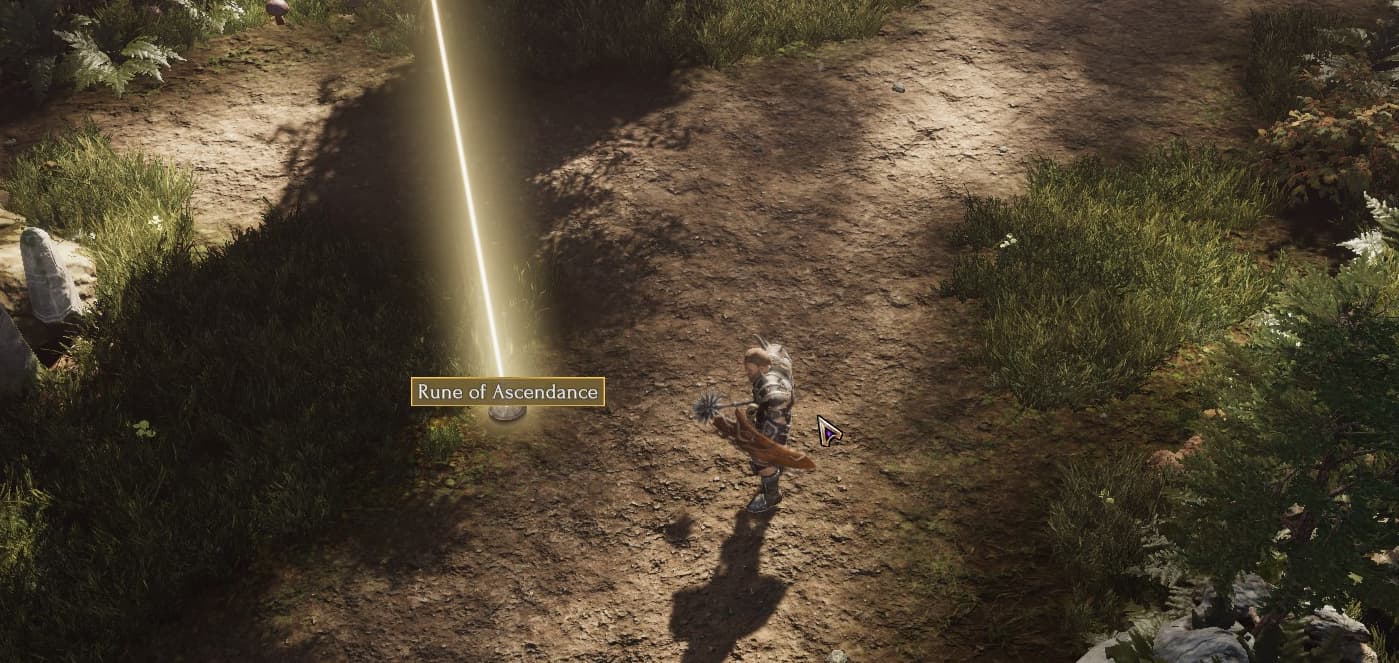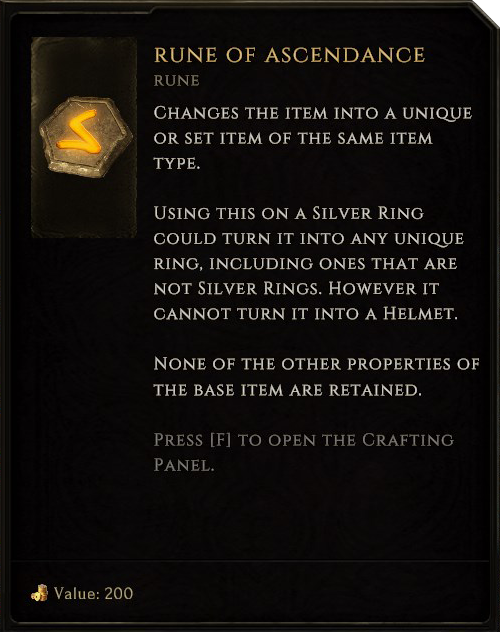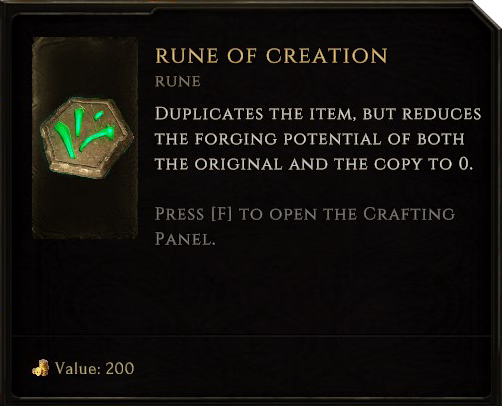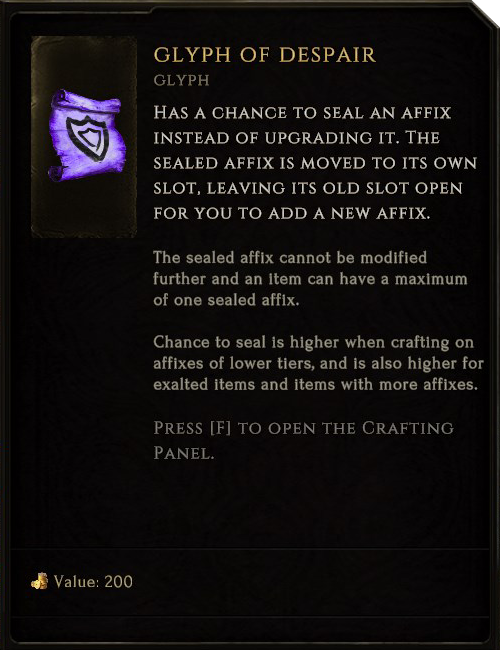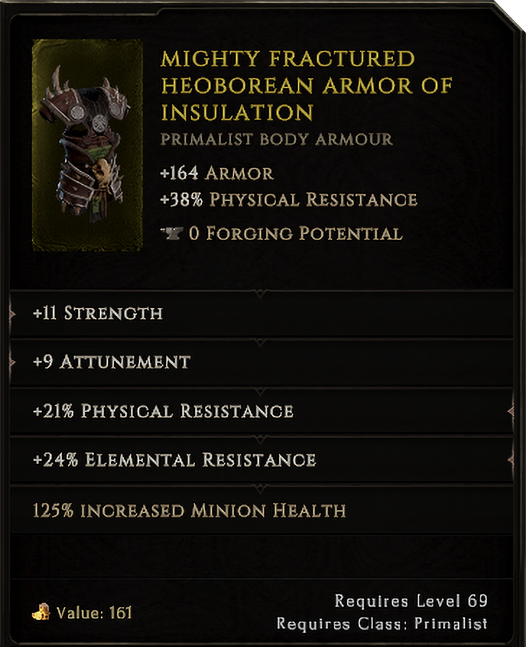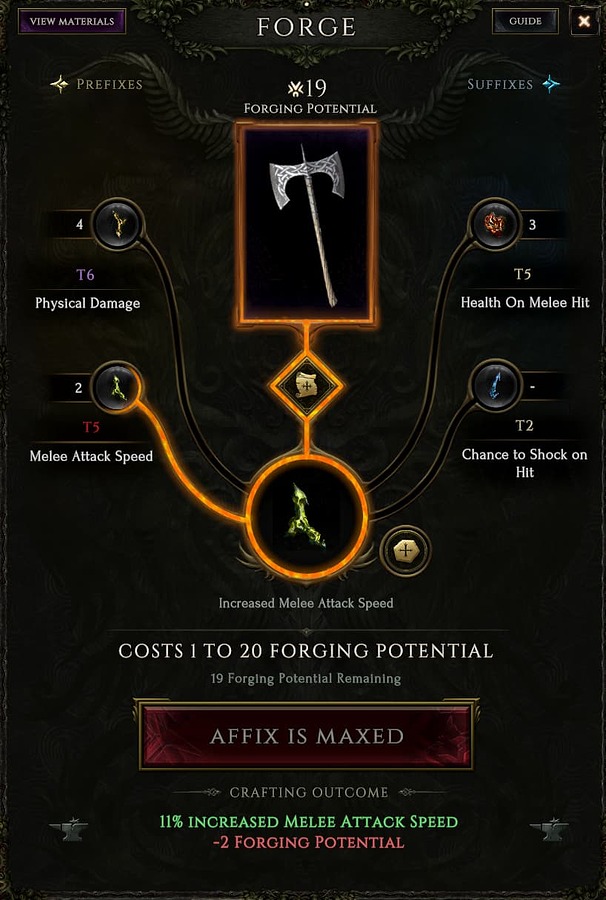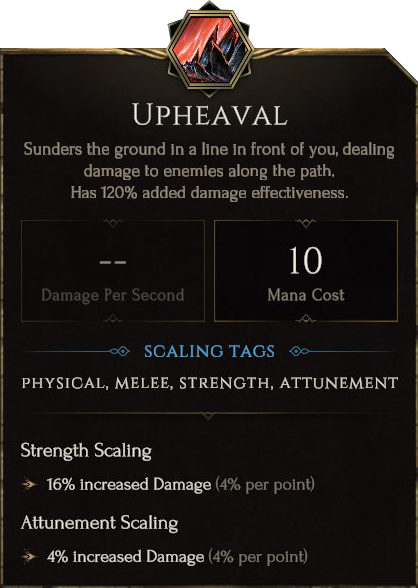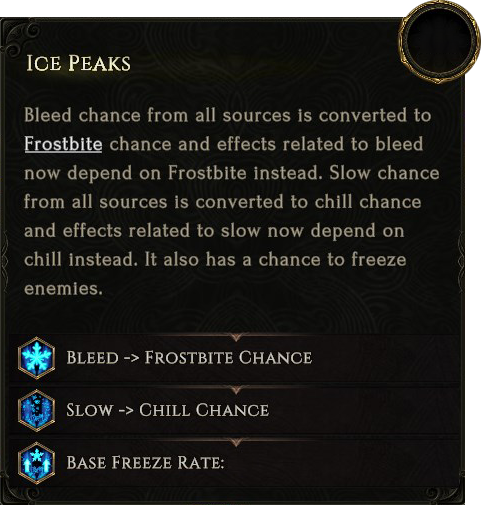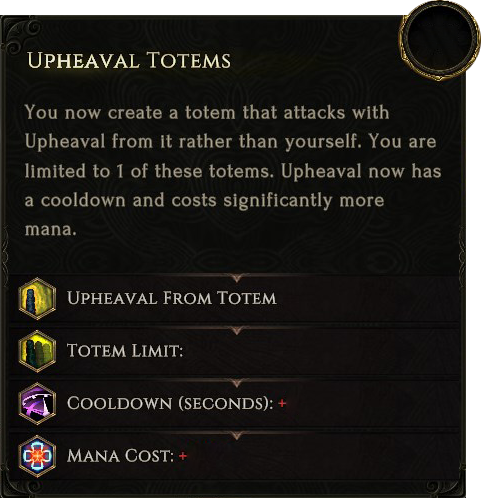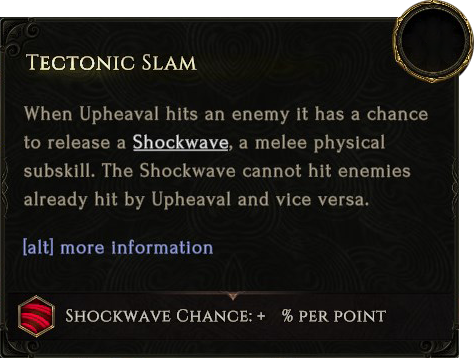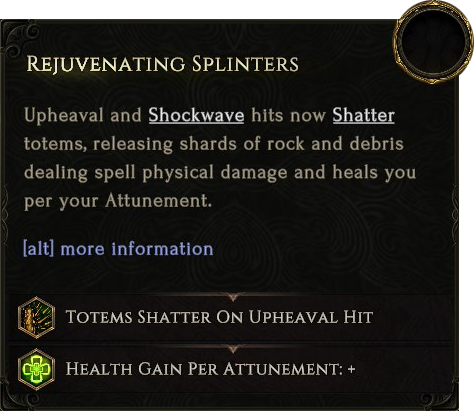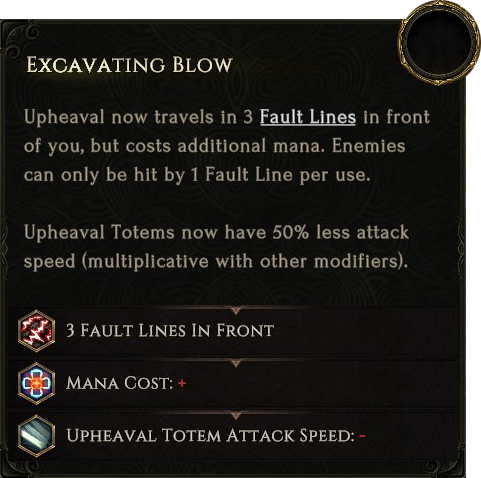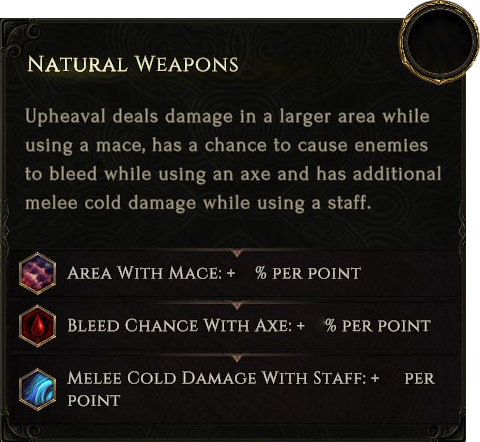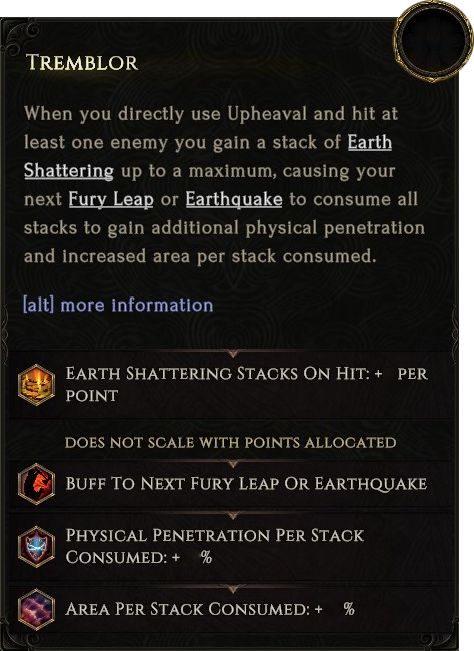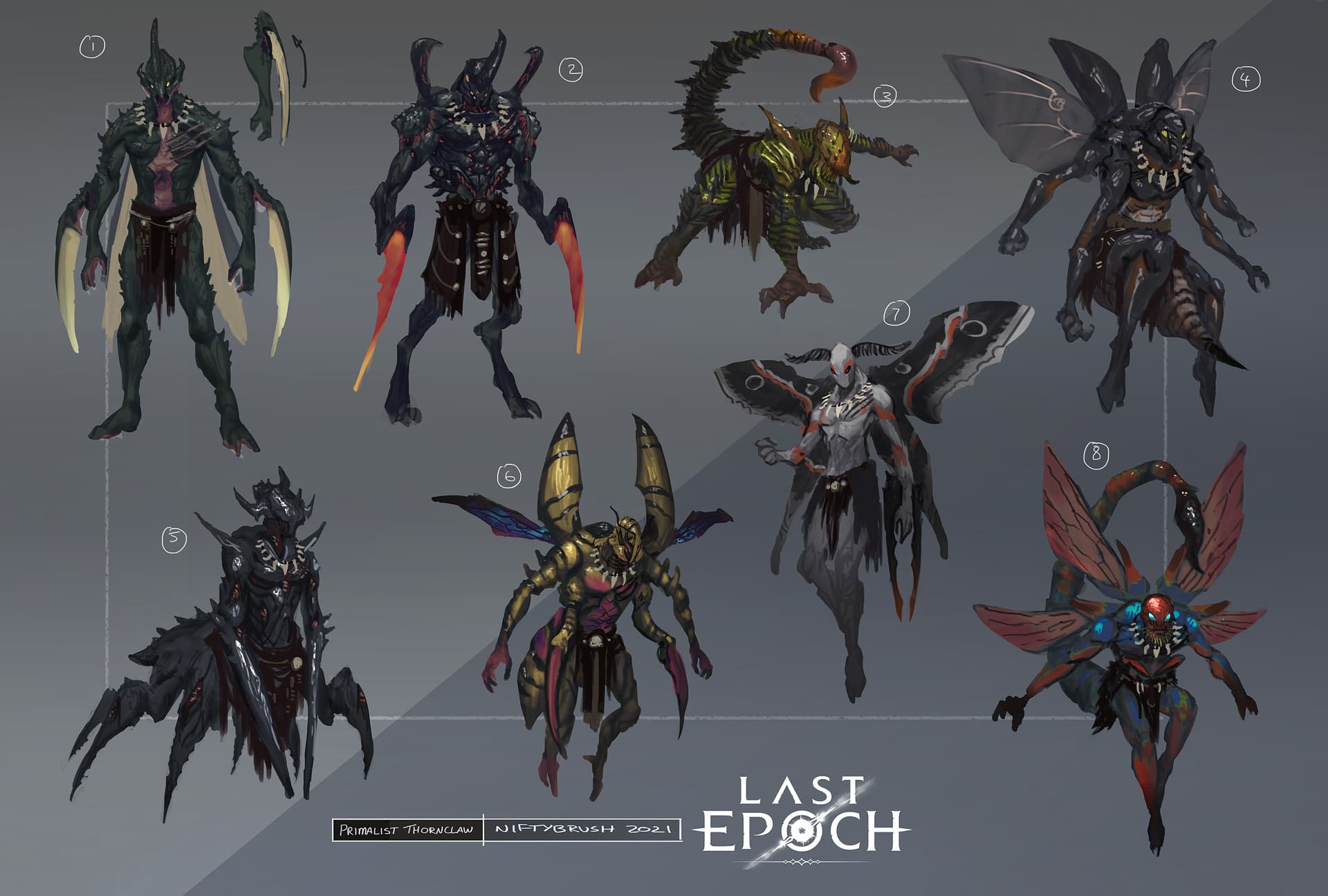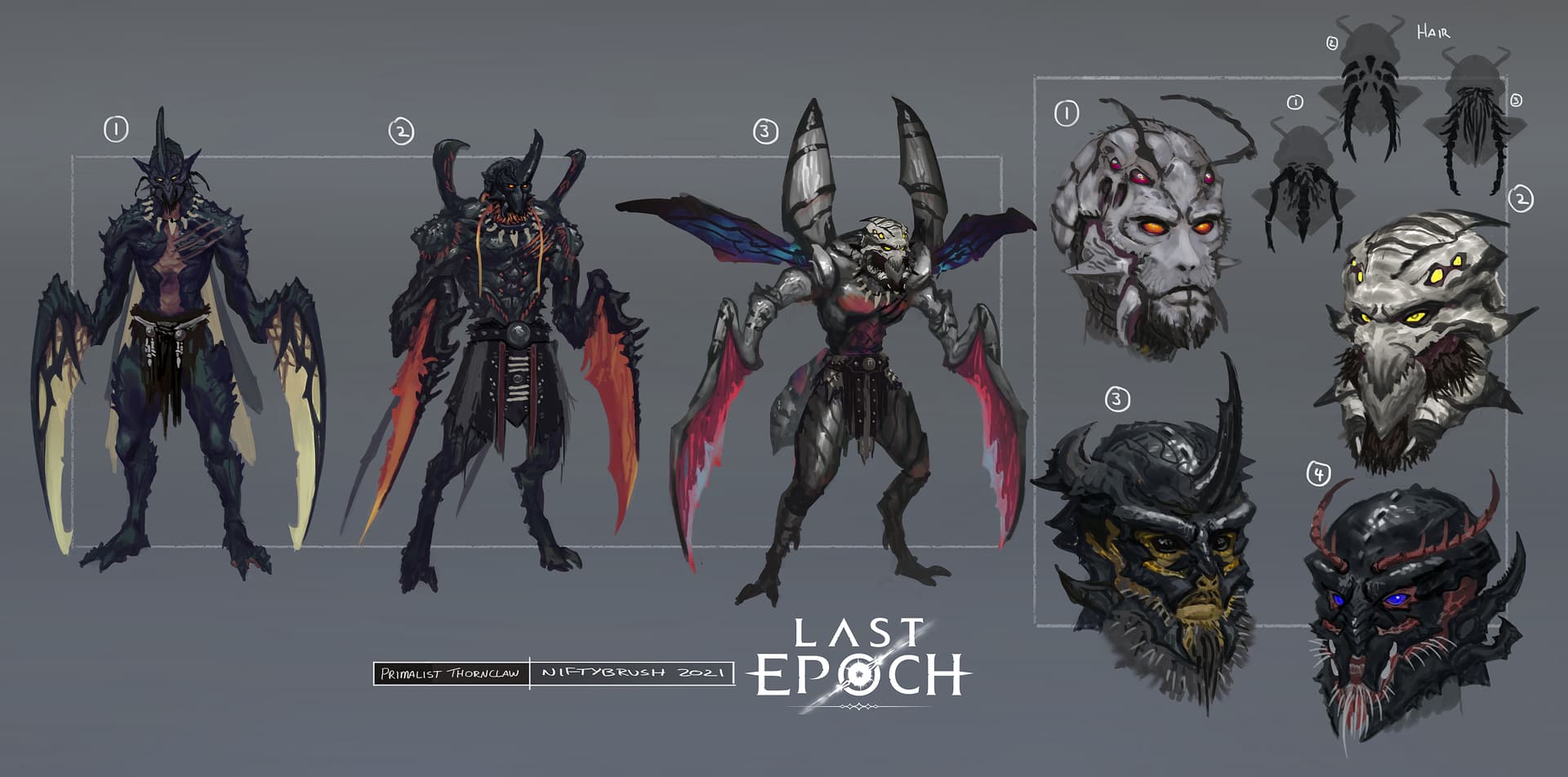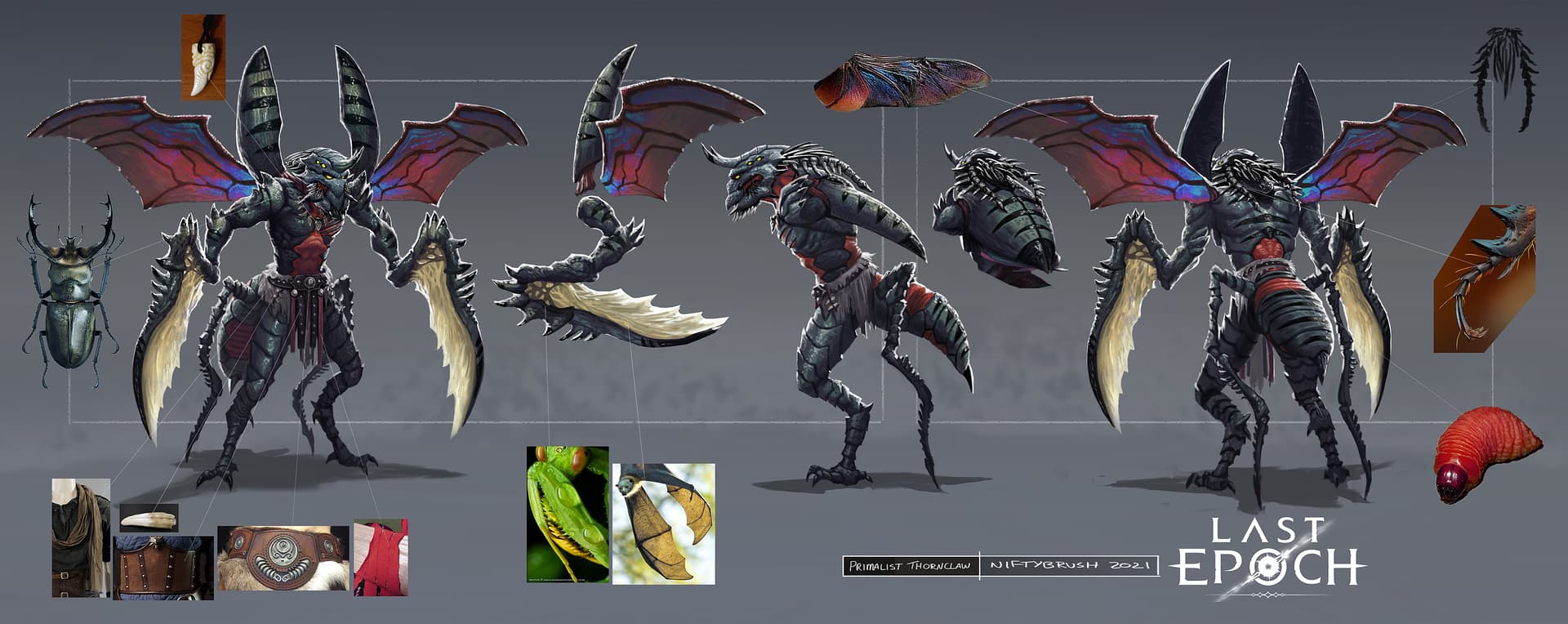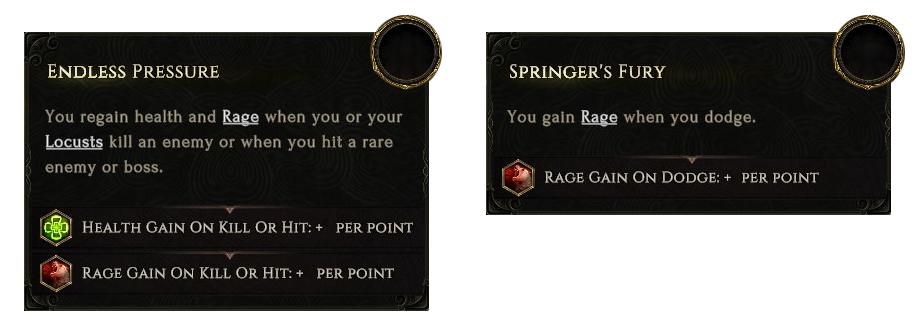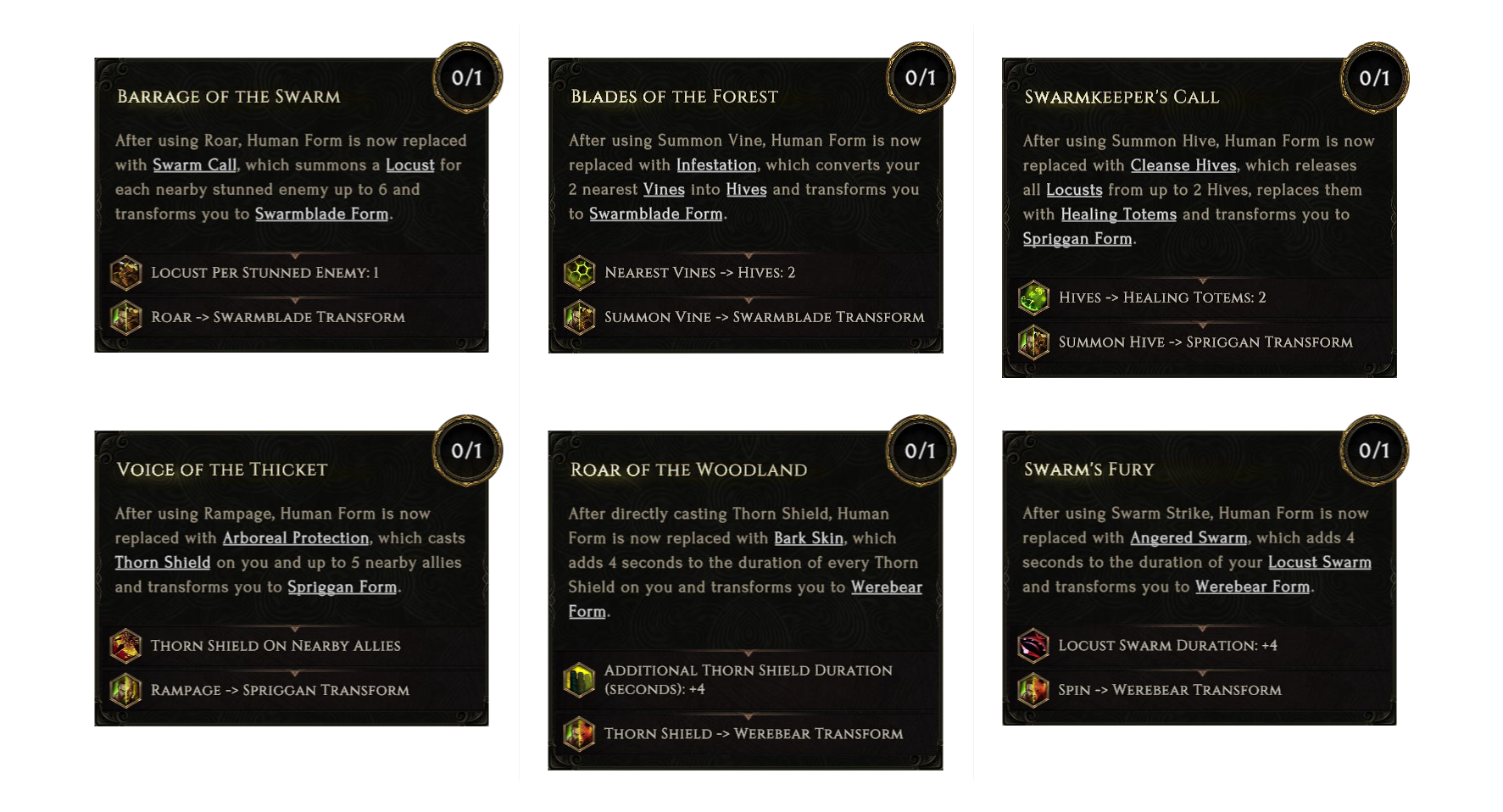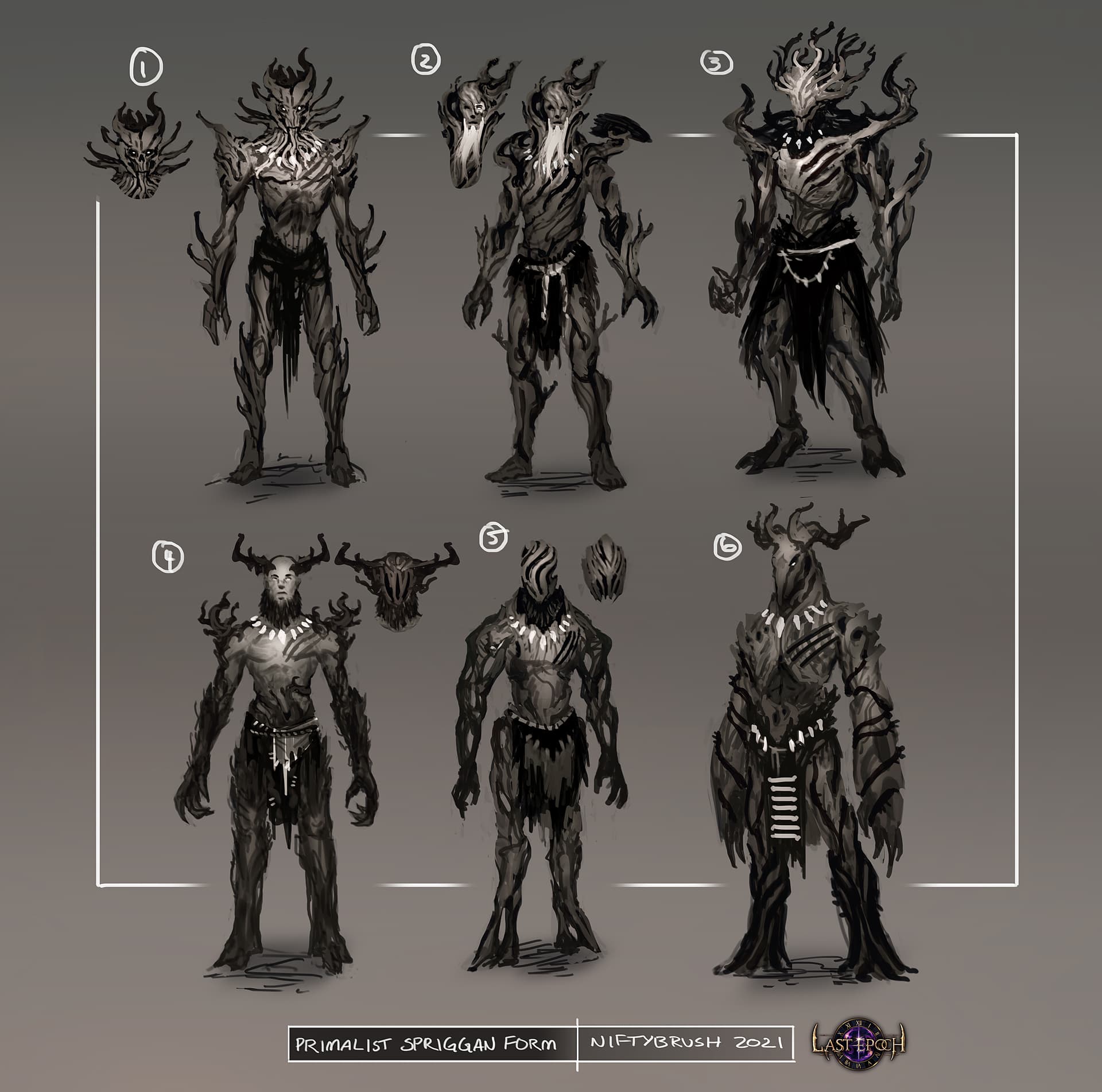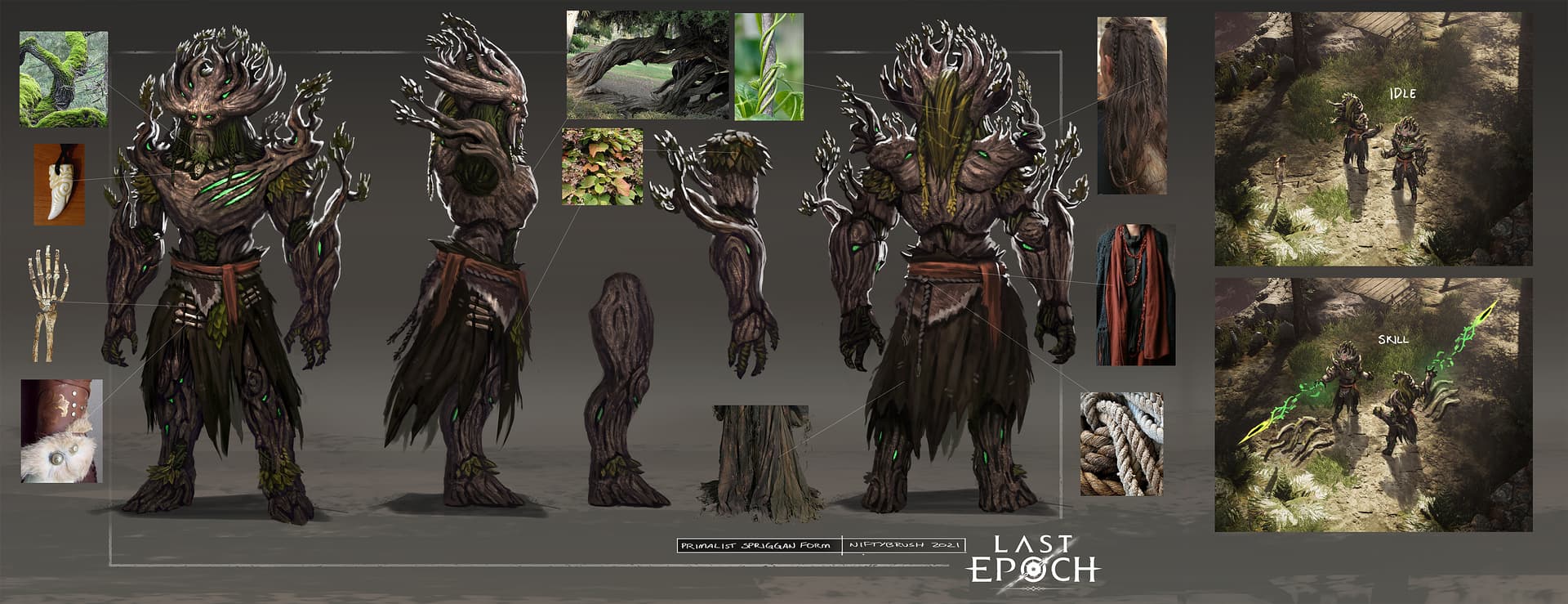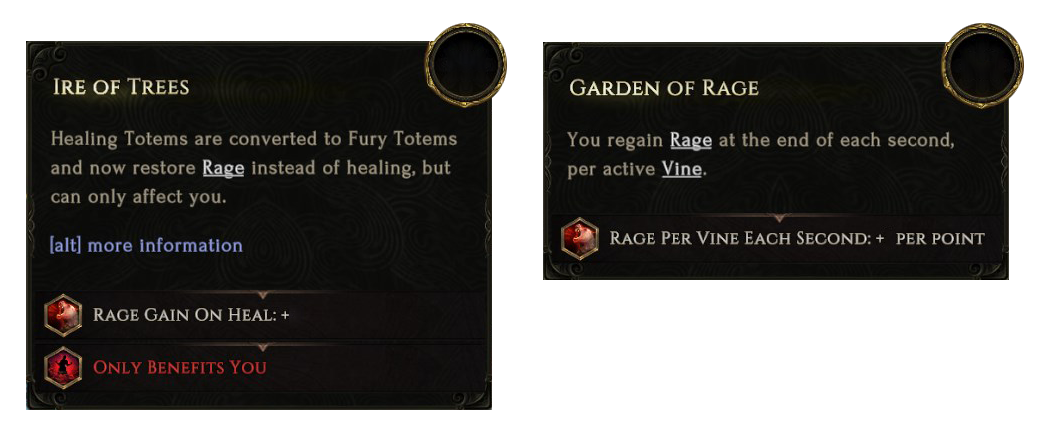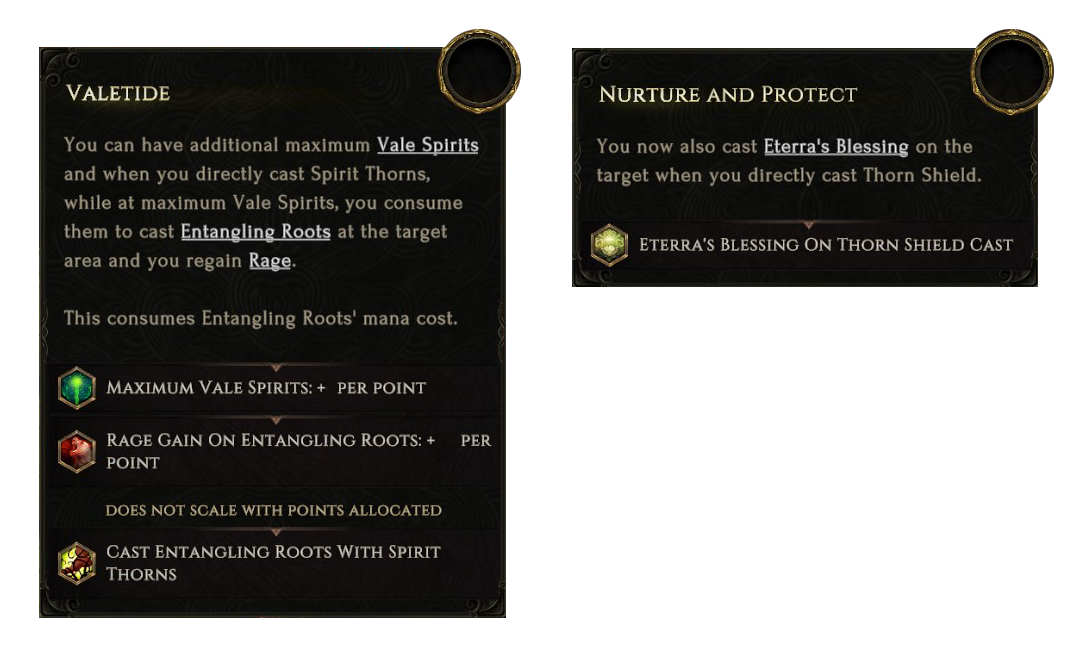
Dec 2, 2021
Last Epoch - EHG_Jozef
With each patch we add new content and improve what already exists in the game. It’s no secret that player characters are among the oldest assets. The Sands of Majasa Update brought an update to the Primalist model, and the Eternal Legends Update will continue this trend with improvements to Sentinel, Acolyte and Mage.
As we mentioned in Primalist blog, we’ve also changed the topology of the models, which has improved the look of many of the animations and also affects the silhouette and detail of the characters, which is most noticeable on the face.
In the case of Mage and Acolyte, we didn’t want to completely change their appearance. We tried to keep the main features of our characters and focused mainly on visual quality improvements. We want you to still recognize the characters after these changes and we want to bring them up to our current standards.
Let’s take a closer look at Mage and Acolyte.
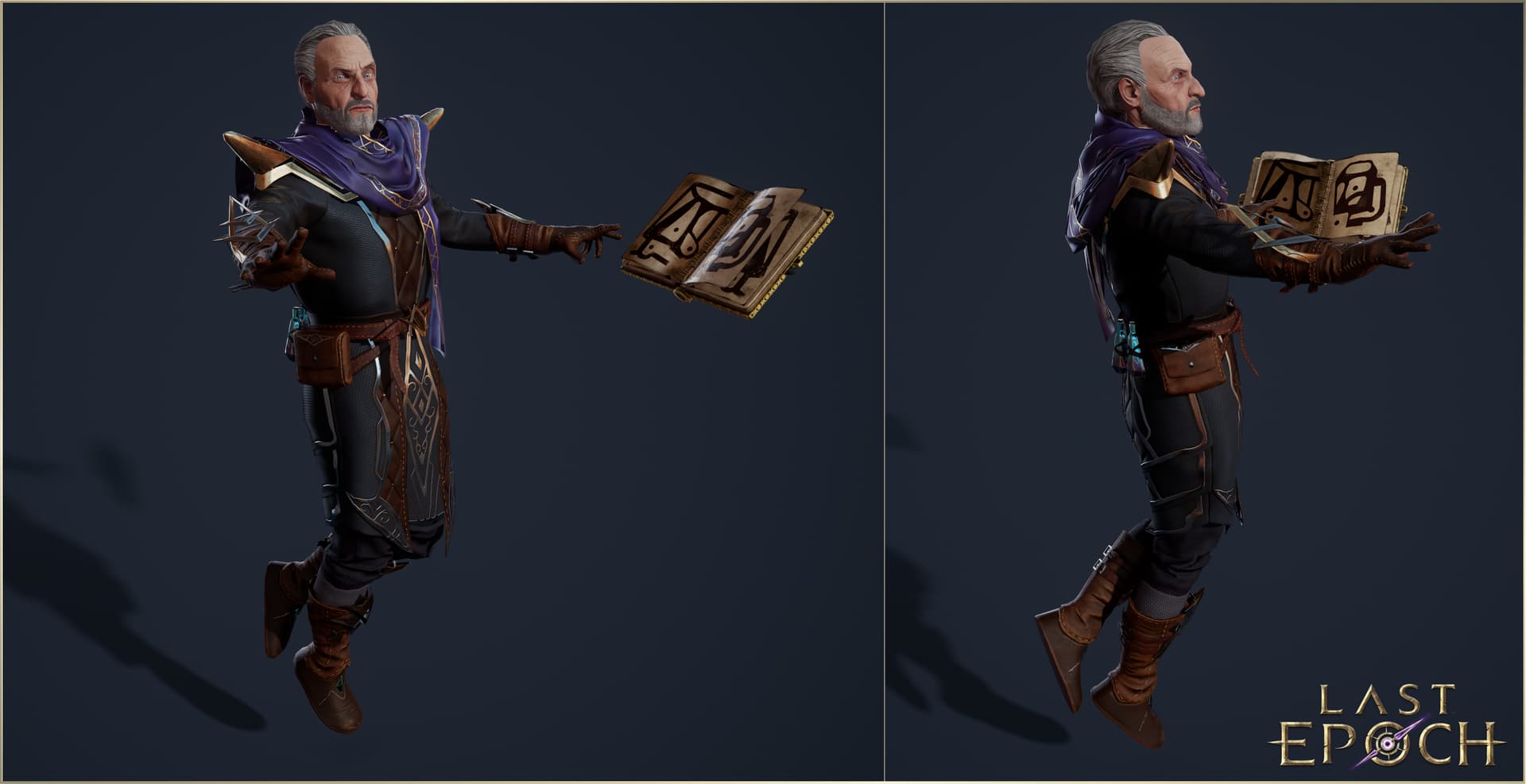
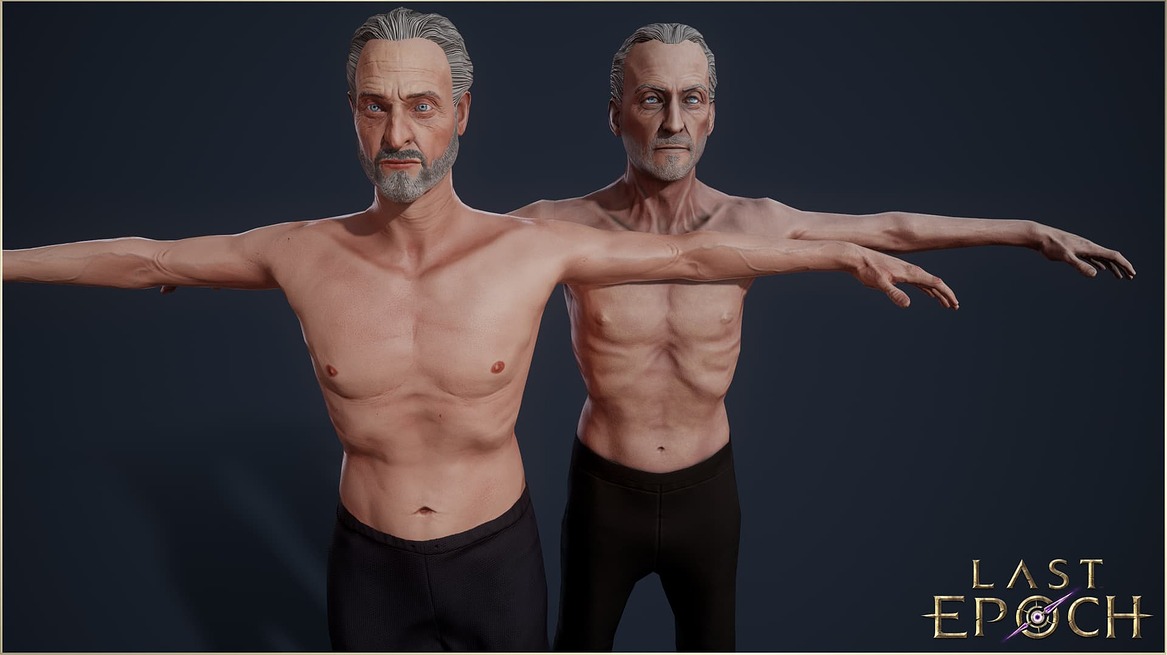
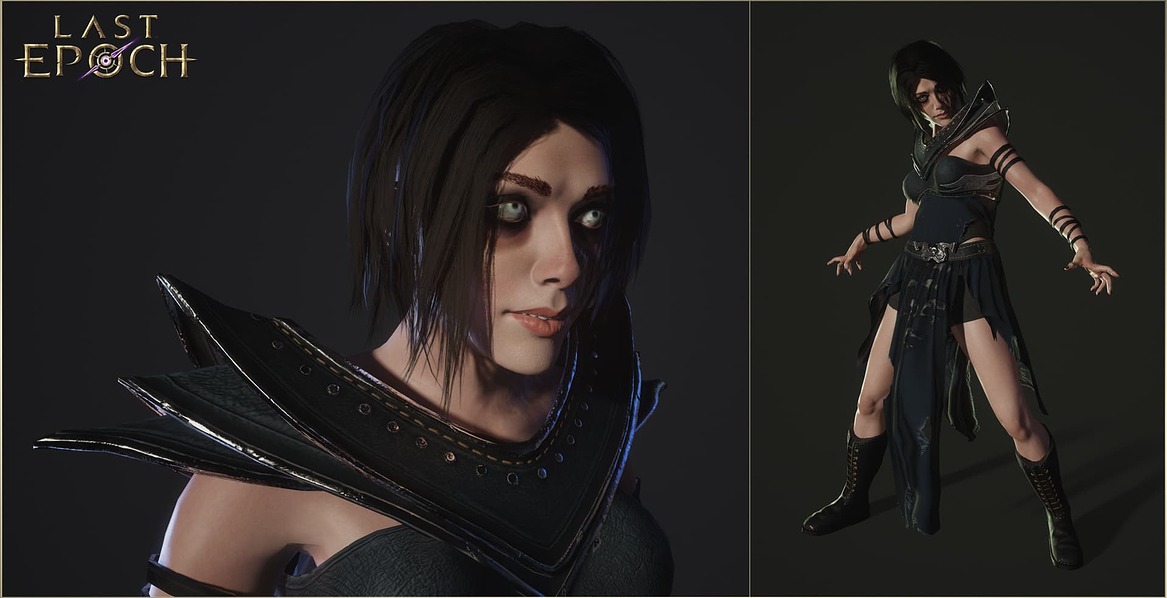
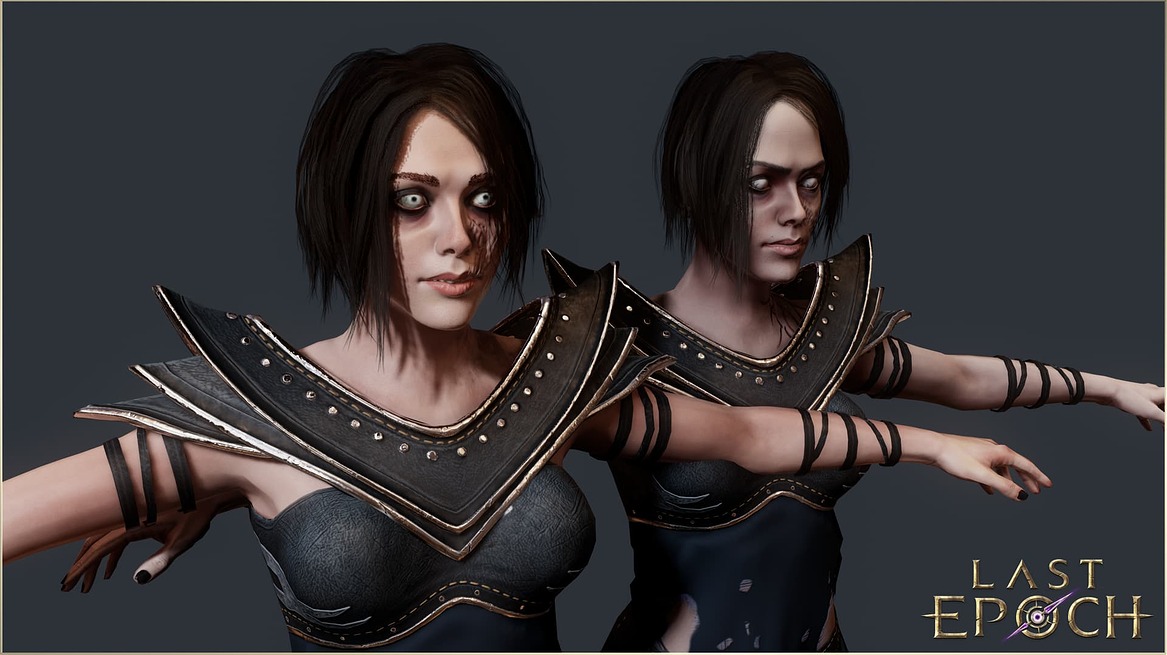
A few weeks ago we published a blog about a new model for Sentinel. It has not escaped many of you that in the pictures we used, the upper parts of the legs and the area around the waist didn’t look as it should. At that time, the model had not yet been implemented and was still being worked on. We have since corrected the problems with the skinning that caused these seemingly incorrect proportions.
Here is a comparison of Sentinel as it looks in our previous blog and as it looks now.
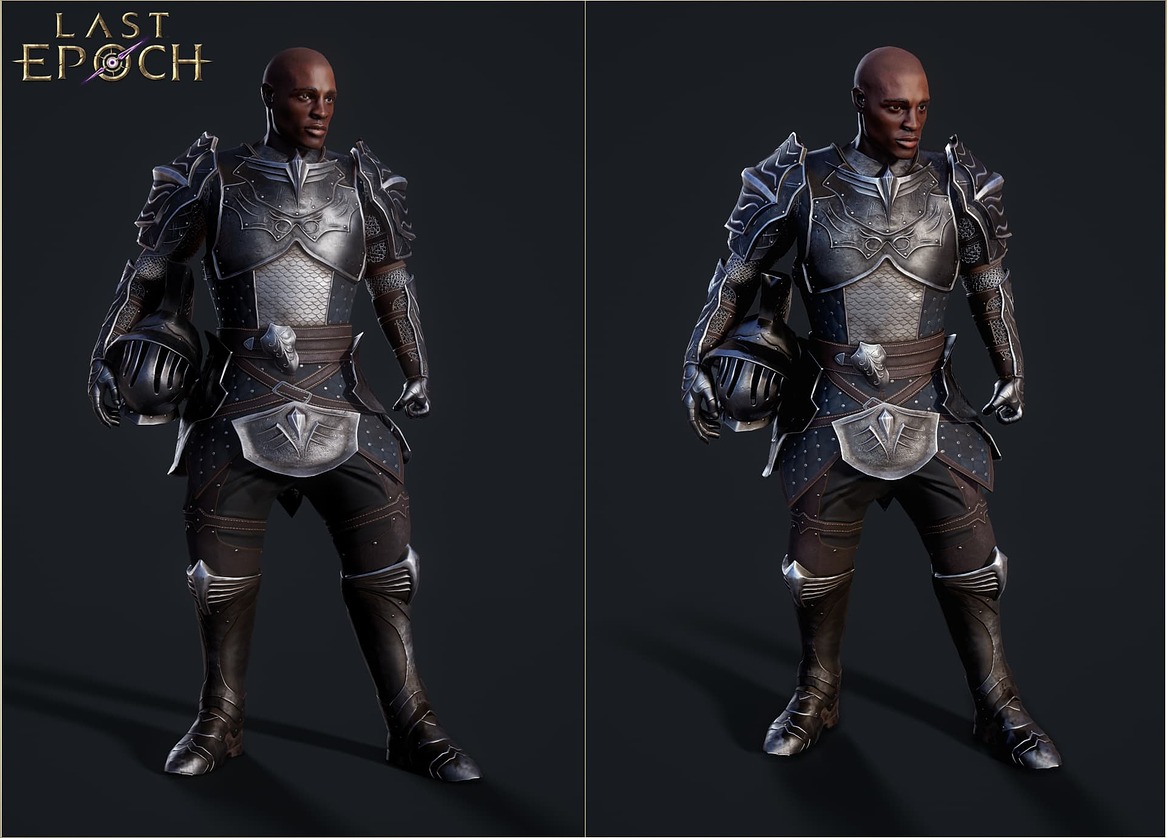
Left: The image we shared a few weeks ago. Sentinel has incorrect proportions around the upper legs area. Right: New proportions after skinning issues were fixed.
Our work on the characters does not end with these changes. The Rogue model will also get some improvements, but we know that many of you are waiting for more variation of our characters' looks when using different Armor sets.
Sentinel will get two new Armor sets in the next patch and we are working hard on more. Here is a preview of just a few that are already in various stages of development and we hope to get them into the game as soon as possible.
Please keep in mind that real game assets may differ from these artworks. Many times changes have to be made for both aesthetic and technical reasons, or they may not make it into the game at all and be replaced by a different design.
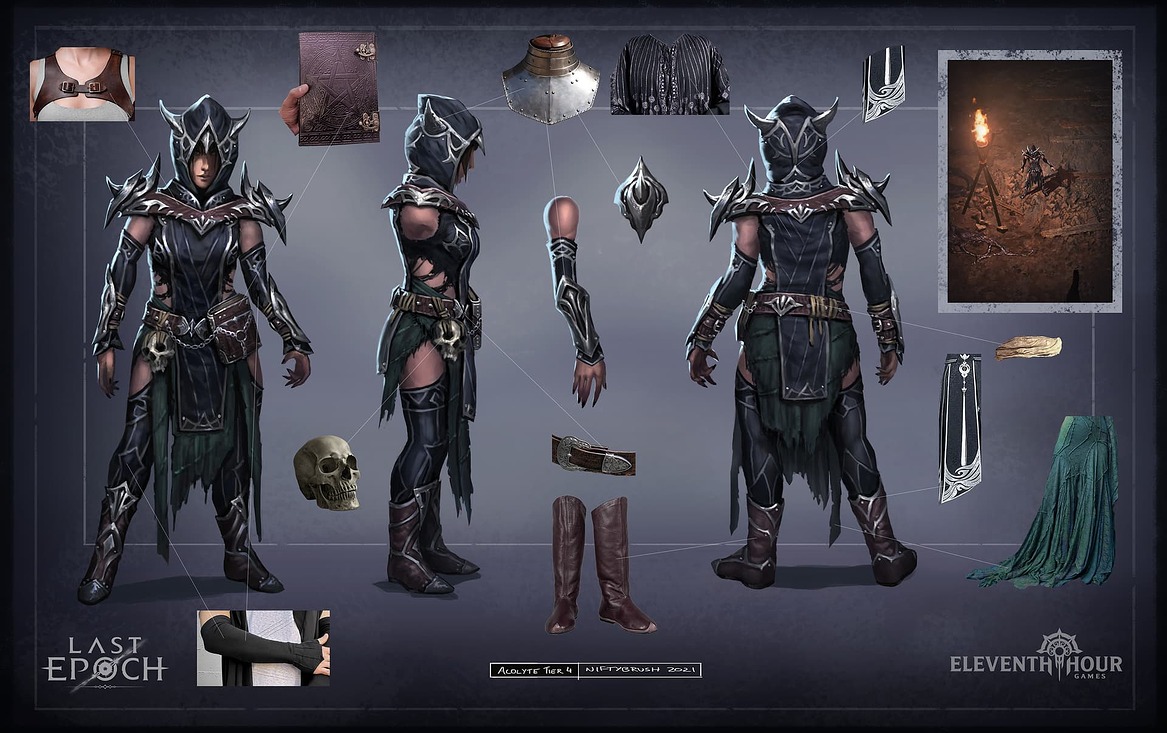
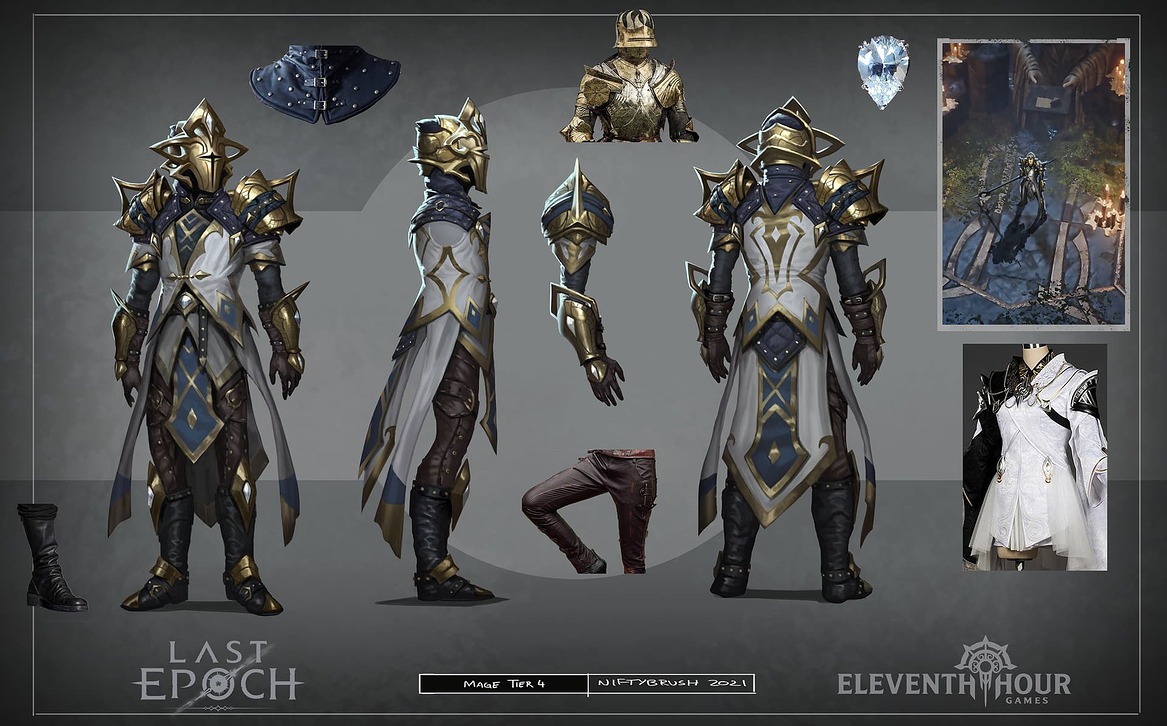

We hope you enjoyed this sneak-peek of what's in store for you in the Eternal Legends Update and beyond. Don't worry, we know what many of you are waiting for and what you want to know more about. We may have some lege... very interesting information ready for you tomorrow!
As we mentioned in Primalist blog, we’ve also changed the topology of the models, which has improved the look of many of the animations and also affects the silhouette and detail of the characters, which is most noticeable on the face.
In the case of Mage and Acolyte, we didn’t want to completely change their appearance. We tried to keep the main features of our characters and focused mainly on visual quality improvements. We want you to still recognize the characters after these changes and we want to bring them up to our current standards.
Let’s take a closer look at Mage and Acolyte.
Mage


Acolyte


Sentinel Corrections
A few weeks ago we published a blog about a new model for Sentinel. It has not escaped many of you that in the pictures we used, the upper parts of the legs and the area around the waist didn’t look as it should. At that time, the model had not yet been implemented and was still being worked on. We have since corrected the problems with the skinning that caused these seemingly incorrect proportions.
Here is a comparison of Sentinel as it looks in our previous blog and as it looks now.

Left: The image we shared a few weeks ago. Sentinel has incorrect proportions around the upper legs area. Right: New proportions after skinning issues were fixed.
What else we are working on beyond 0.8.4?
Our work on the characters does not end with these changes. The Rogue model will also get some improvements, but we know that many of you are waiting for more variation of our characters' looks when using different Armor sets.
Sentinel will get two new Armor sets in the next patch and we are working hard on more. Here is a preview of just a few that are already in various stages of development and we hope to get them into the game as soon as possible.
Please keep in mind that real game assets may differ from these artworks. Many times changes have to be made for both aesthetic and technical reasons, or they may not make it into the game at all and be replaced by a different design.



We hope you enjoyed this sneak-peek of what's in store for you in the Eternal Legends Update and beyond. Don't worry, we know what many of you are waiting for and what you want to know more about. We may have some lege... very interesting information ready for you tomorrow!





